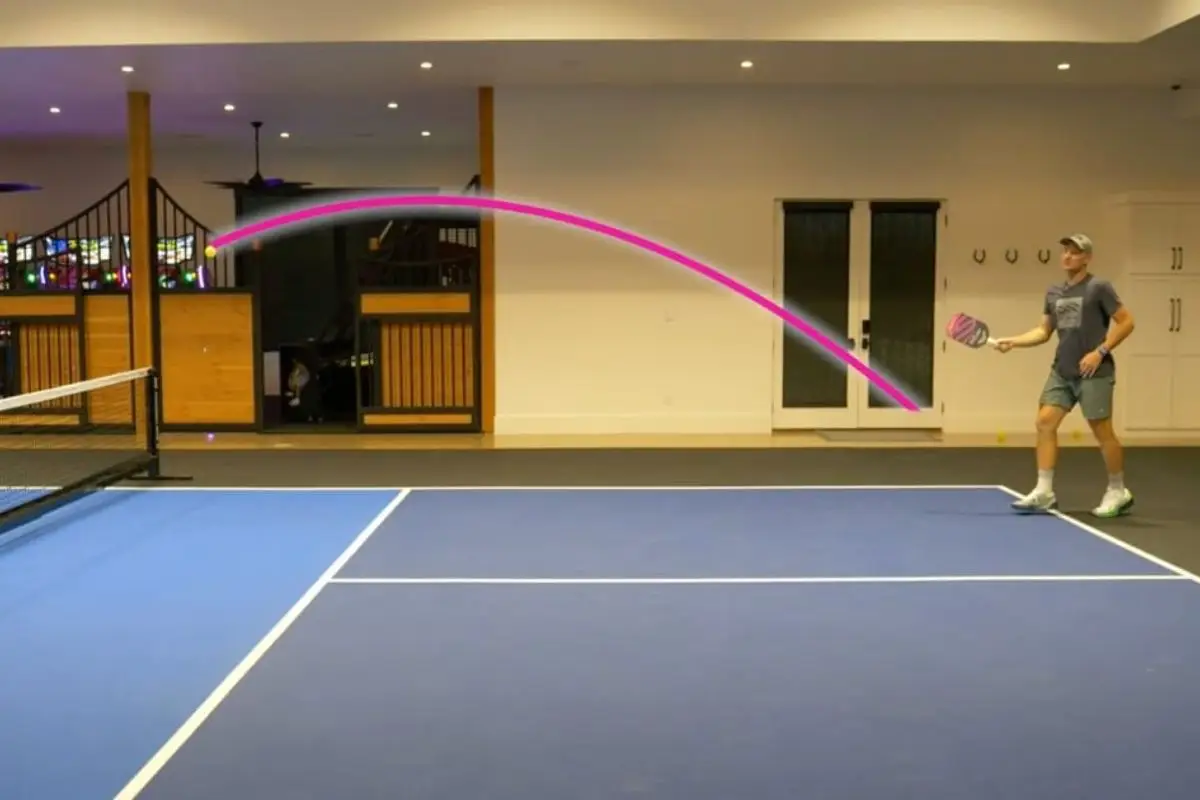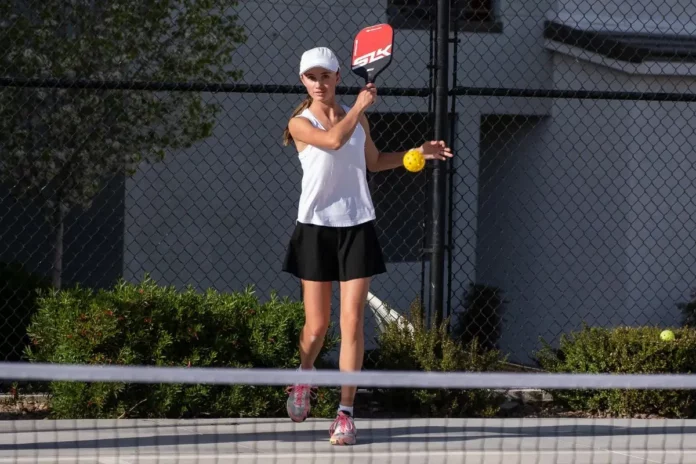The Pickleball Drop Volley Dilemma: In pickleball, few shots elicit as much excitement as the drop volley. This shot, while visually impressive when executed perfectly, can also lead to frustration when it misfires. Players are often drawn to its allure, but in many scenarios, opting for deep volleys proves more effective. However, there are specific situations where the drop volley can serve as a strategic advantage.
The Allure of the Drop Volley in Pickleball
The drop volley holds a certain appeal for players, and here’s why:
- Visual Appeal: There’s no denying that a well-executed drop volley can look spectacular.
- Controlled Pace: It takes the pace off the ball, allowing it to float gently over the net.
- Opponents’ Disarray: Successfully executing this shot can leave opponents scrambling to reach it.
Yet, the reality is that drop volleys often fall short of their intended effect. The odds are typically not in a player’s favor, particularly against agile opponents. Statistically, one might succeed with a drop volley only one out of ten times.

When to Refrain from the Drop Volley
While the drop volley can be tempting, players should avoid it in these scenarios:
Facing Fast or Athletic Opponents
If a player executes a poorly timed drop volley against a quick adversary, it can easily shift the momentum, giving the opponent an opportunity to dominate the net.
Receiving High, Slow Balls
High balls tend to bounce even higher, granting the opponent ample time to respond. As a rule of thumb, if opponents are positioned far back, players should aim to keep them there. Strong, deep volleys maintain control of the point, while a short drop volley relinquishes that advantage.
Optimal Moments for the Drop Volley in Pickleball
Despite its risks, the drop volley can shine in certain contexts. The key is to leverage the element of surprise. Here’s when deploying this shot makes sense:
Pushing Opponents Back
When players have successfully forced their opponents deep or to the side, they can set up for a drop volley. This tactic works particularly well when opponents expect another powerful shot.
Creating the Element of Surprise
If the opponent is preparing for a deep drive, dropping the ball short can catch them off guard, often leading to an easy point.
Best Situations for the Drop Volley
- Against Slower Opponents: A drop volley can be highly effective when facing an opponent who lacks speed.
- When Opponents Are Off-Balance: Using the drop volley when the opponent has committed their weight in another direction can yield positive results.
Practical Tips for Mastering the Drop Volley in Pickleball
For those looking to make their drop volley more effective, consider the following pickleball strategies:
- Soft Hands: Players should maintain a light grip pressure, ideally around two out of ten. This technique allows them to absorb the ball’s pace while gently lifting it over the net.
- Deception: Creating the illusion of a regular volley is essential. Keeping the paddle in front and adding a slight arc with backspin can mislead the opponent.
- Positioning: Being positioned at the non-volley zone line prepares players to act swiftly. Aiming to land the ball softly in the kitchen when the opponent least expects it can prove advantageous.
Final Thoughts
While deep, powerful volleys should be the primary pickleball strategy for most players, mixing in a drop volley on occasion can provide a tactical edge. Used judiciously, this shot can catch opponents off guard and secure easy points.
News in Brief : The Pickleball Drop Volley Dilemma
The drop volley in pickleball can be both tempting and risky. While it can look spectacular and catch opponents off guard, players are often better off relying on deep volleys. It is crucial to know when to execute a drop volley—against slower opponents or when they are off-balance—while avoiding it against fast players or high balls. Mastering this shot requires soft hands and deceptive pickleball techniques.
ALSO READ: Master the Third Shot Drop in Pickleball and Dominate the Pickleball Matches Today

